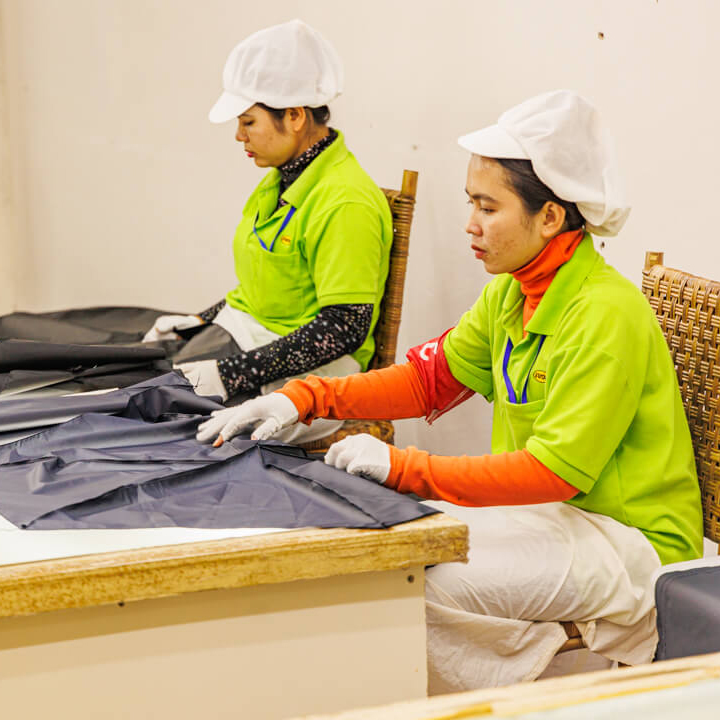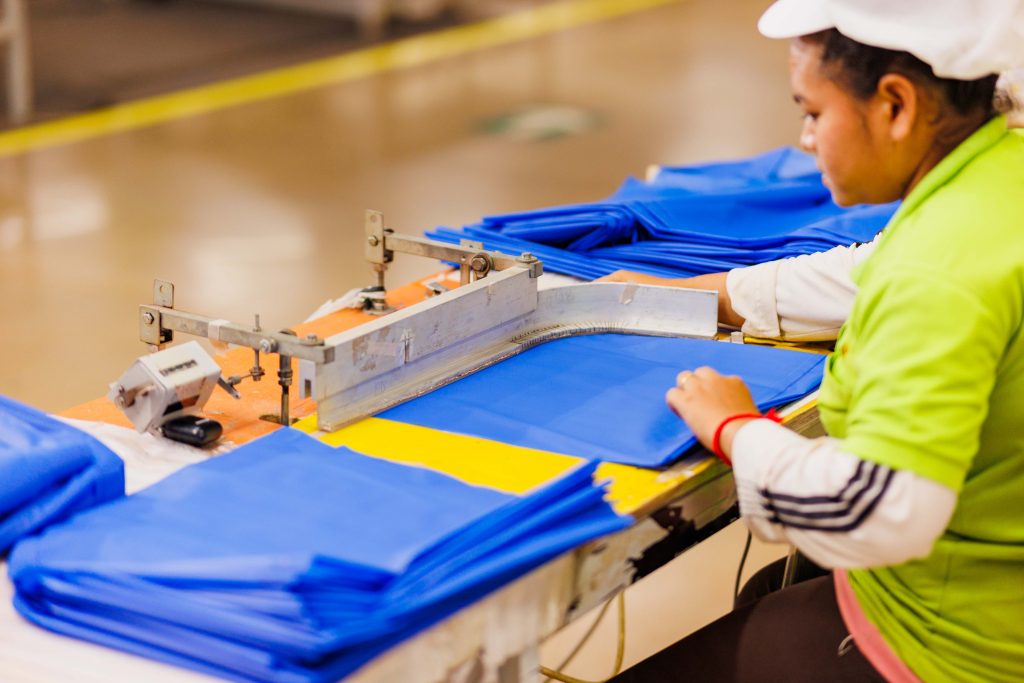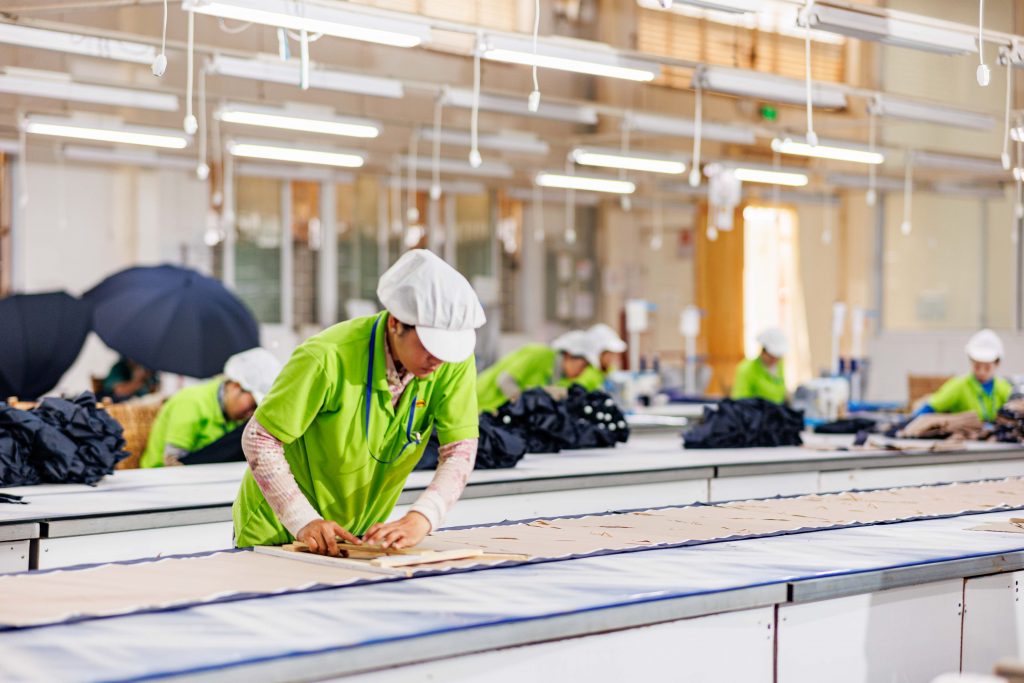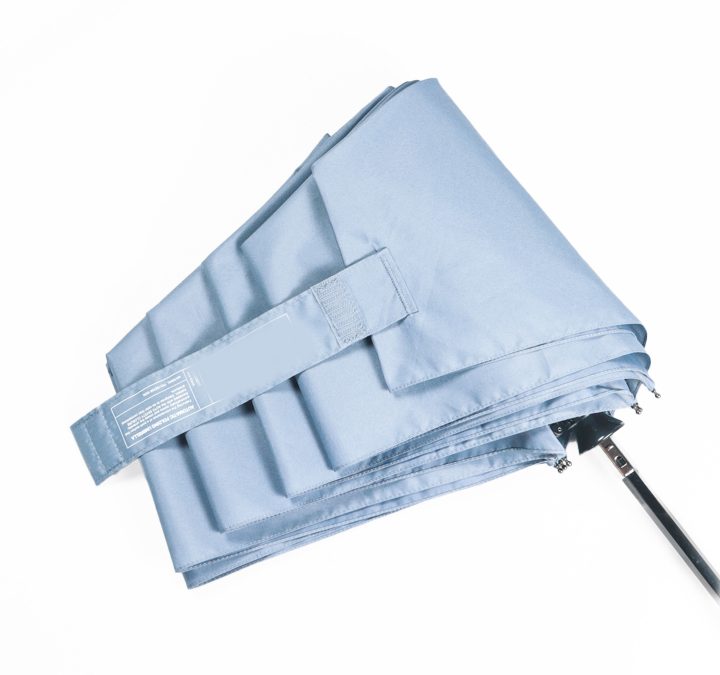Are 3-fold umbrellas durable enough for long-term use?
The compact convenience of 3-fold umbrellas (also called triple-fold or tri-fold umbrellas) has made them a popular choice for urban commuters, travelers, and everyday users who need a protective option that tucks neatly into a bag. But one question many prospective buyers—and wholesale purchasers—ask is:
Are 3-fold umbrellas durable enough for long-term use?
This is a legitimate concern. Because 3-fold umbrellas have more joints and moving parts than simpler designs, they face increased mechanical stress, especially in wind, continuous opening/closing, or rough handling. However, with refined engineering, material innovation, and rigorous quality control, high-end 3-fold umbrellas can indeed achieve reliable durability that rivals or even matches many more robust formats.
YO FU UMBRELLA., LTD has spent decades perfecting folding umbrella technology, producing factory-direct products that combine portability, strength, and aesthetic appeal. As a leading OEM/ODM manufacturer in Taiwan (with facilities extending to Cambodia), YO FU understands the balance needed to deliver 3-fold umbrellas that stand the test of time.

Structural Challenges in 3-Fold Umbrella Design
A 3-fold umbrella folds into three segments, which means its shaft and frame have two hinge points or telescopic segments rather than only one (as in a 2-fold design). Each additional joint introduces:
- More stress concentrations during opening, closing, and in wind.
- Greater complexity in locking mechanisms and joints, which may loosen or deform over time.
- Slight increases in flex and micro-movement that can accelerate wear.
Therefore, durability is not a given—it must be engineered. Many beginner or low-cost models fail early due to hinge play, shaft wobble, or rib fatigue.
For instance, a comparison article notes that 2-fold umbrellas tend to be more durable than 3-fold models because they involve fewer joints and less stress path complexity.
That said, leading brands and manufacturers have engineered solutions to counterbalance these vulnerabilities—allowing 3-fold umbrellas to be both compact and dependable. The key is in smart material choice, joint design, and rigorous quality control.
Common Weak Points & Failure Modes
Understanding typical failure modes helps buyers spot durable designs. Common issues in 3-fold umbrellas include:
- Hinge fatigue: The joints might loosen or crack after repeated folding cycles.
- Shaft wobble: Telescopic tubes may develop play or misalignment.
- Rib fracture: Under windy stress, ribs can break or bend if under-reinforced.
- Canopy stitching failure: Stress on fabric seams, especially near stretch points.
- Lock mechanism wear: The open/close latch may fail to hold the structure stiffly.
Low-cost umbrellas often skimp on reinforcement at these critical zones, leading to early failure.
Materials & Reinforcements That Boost Durability
For a 3-fold umbrella to last, several elements must be carefully engineered:
| Component | Material / Feature | Benefit |
|---|---|---|
| Shaft / telescopic tubes | High-grade aluminum alloy, stainless steel, or hybrid metal/fiberglass | Resists bending, corrosion |
| Hinges / Joints | Metal reinforcements, stainless pivots, quality bushings | Reduces wear and looseness |
| Ribs | Fiberglass, high-tensile-steel, or composite materials | Flexibility + strength against wind |
| Canopy fabric | 190T+ pongee, Teflon or nano-coating, UV-stabilized polyester | Waterproofing, colorfastness |
| Seam seals & overlays | Seam taping, reinforcement patches | Prevents fabric tear at stress points |
| Lock / latch mechanism | Positive locking, durable spring/backstop | Secure open/close functionality |
YO FU UMBRELLA’s Durability Enhancements in 3-Fold Lines
YO FU UMBRELLA invests heavily to ensure their 3-fold models are not just compact—but robust. Some of their durability features include:
- Precision engineered telescopic shafts using high-grade alloys to resist bend and misalignment.
- Reinforced hinge joints with durable metal bushings and premium pivot materials.
- Fiberglass rib sets with higher rib count (8–10 ribs) for wind resistance.
- Double-canopy vented designs to relieve wind pressure.
- High-density canopy fabrics with durable coatings to resist UV fade and water soak.
- Rigorous life-cycle testing, including thousands of open/close cycles and exposure to simulated wind conditions.
YO FU’s internal testing and quality assurance ensure that their 3-fold umbrellas can stand up much better than typical budget models.

Comparative Durability: 3-Fold vs 2-Fold and Stick Umbrellas
While 3-fold umbrellas are ideal for portability, it’s useful to compare how they stand up relative to other types:
- 2-fold umbrellas tend to have fewer joints and thus inherently fewer potential failure points. They are often more rigid and wind-resistant.
- Stick (non-folding) umbrellas often use a single solid shaft, giving them excellent structural integrity but at the cost of portability.
- 3-fold umbrellas balance compactness with durability—provided they are built with quality materials and reinforced joints.
Thus, while 2-fold and stick umbrellas may edge out 3-fold in pure mechanical endurance, a well-made 3-fold from a manufacturer like YO FU can offer strong long-term performance with the usability advantages.
Real-World Use Cases & Stress Testing
Some real-world performance insights and stress-test approaches:
- Wind tunnel testing: Simulating gusts to see whether the canopy inverts or ribs bend.
- Cycle testing: Repeated open/close tests (e.g. 5,000+ cycles) to assess hinge durability.
- UV & weather exposure: Checking for fading, fabric degradation over time.
- User field reports: Long-term use by customers in humid or windy climates.
High-performing umbrellas—especially those by leading brands—often survive all of these tests with acceptable tolerance, proving that 3-fold umbrellas can be durable when engineered properly.
Buyer’s Checklist: How to Pick a Durable 3-Fold Umbrella
Here’s a checklist to help you distinguish a 3-fold umbrella that can last:
- Check the shaft material – Look for quality alloys, not thin tubular metal.
- Inspect hinge design – Reinforced joints, quality pivot bushings, minimal play.
- Rib strength and count – 8–10 ribs, fiberglass or hybrid material.
- Canopy quality – High thread count, good coating, seam sealing.
- Locking mechanism – Needs a firm, positive feel when open.
- Brand reputation & warranty – Top manufacturers often back durability claims.
- Testing credentials – Ask for test data (cycle, wind, UV).
If a product checks most or all of these boxes, it’s likely a durable 3-fold umbrella.
Maintenance Tips to Extend Lifespan
Even the best umbrellas benefit from proper care:
- Always open the umbrella fully before folding to avoid stress on joints.
- Dry thoroughly before storage—moisture increases corrosion risk.
- Gently shake off water—don’t beat it on hard surfaces.
- Clean occasionally with mild detergent to remove grit or pollutants.
- Store loosely, not tightly bound, to preserve spring tension.
These habits can significantly extend the useful life of your umbrella.
Conclusion
So, are 3-fold umbrellas durable? The answer is yes— provided they are engineered and manufactured properly. While they face more structural challenges than less-flexible designs, a well-built 3-fold umbrella can combine portability and longevity.
YO FU UMBRELLA has demonstrated how mastery in materials, hinge design, rib engineering, and quality assurance can yield highly durable 3-fold umbrellas suitable for everyday use, travel, and retail. When selecting or supplying 3-fold models, use the checklist above and insist on rigorous testing to ensure you get products that match their promise.


